Pulsara Around the World - 2025 Recap and January 2026
December Recap After an incredibly busy events year with 102 conferences, trade shows, and sponsorships, December was on the slower side for us, with...
5 min read
 Team Pulsara
:
Oct 26, 2020
Team Pulsara
:
Oct 26, 2020
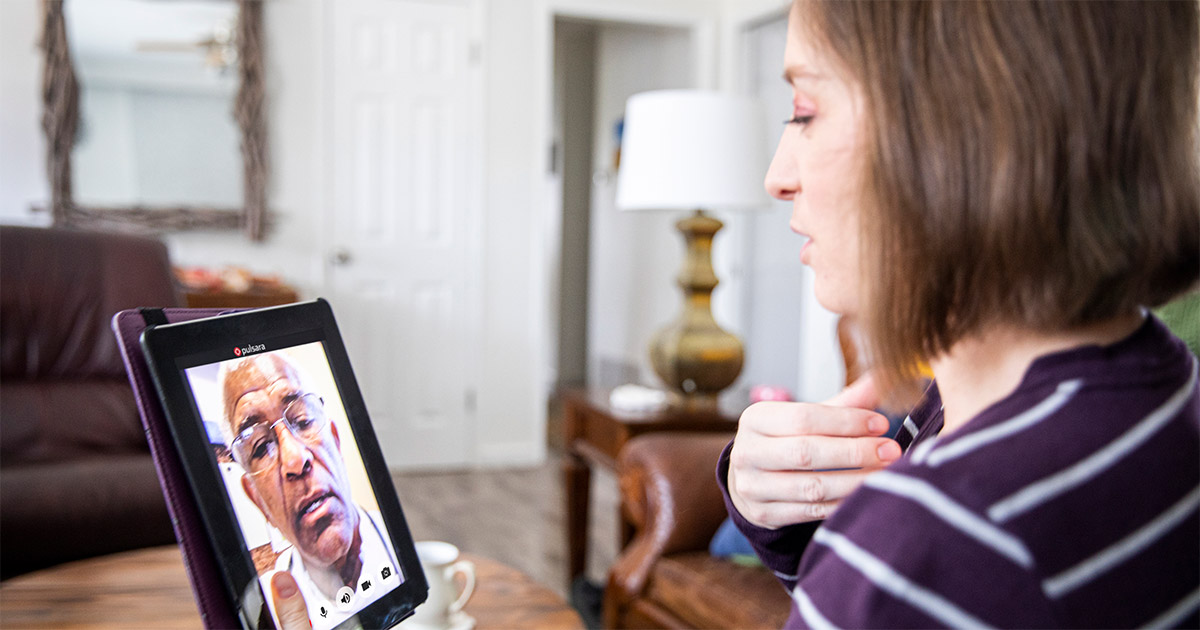
EDITOR'S NOTE: Special thanks to Kinsie Clarkson (Pulsara's Product Marketing Specialist, 2020-2025) for writing today's blog post. You can connect with her on LinkedIn.
__
As lawmakers and physicians debate what to do about telehealth restrictions in the wake of COVID-19, a growing number of clinicians would like to see telehealth become a more regular part of patient care.
The motion to make telehealth permanent after the pandemic seems to be gaining momentum, both in Canada and the United States. Canadian physicians and researchers seem to agree that while it won’t solve everything, telehealth has the potential to help remedy a lot of problems in healthcare across the provinces.
In a recent op-ed, Dr. Ahmad Khalid, a medical doctor and PhD candidate at McMaster University’s Health Policy PhD program, proposed that now is the time to embrace telehealth and all the ways it will improve patient care. He argues that telehealth offers a great deal of potential for increasing patients’ access to care, reducing costs for both patients and health systems, improving efficiency by minimizing transportation and transition time between patients, and ultimately providing a tool that will give physicians access to better evidence-based care.
But first, physicians need access to two things: the right tools, and training on how to effectively use them.
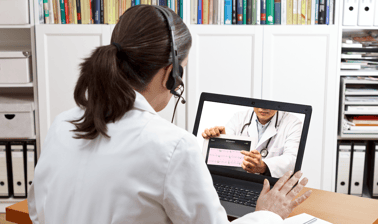 At the onset of the pandemic, access to a reliable, workable telehealth platform was a challenge for everyone. According to CMA Health Summit’s discussion paper on Virtual Care in Canada, there were 411,778 telehealth clinical sessions in 2014, representing just 0.15% of all billable services in the Canadian health-care system. Where telehealth had previously only been available in the U.S. and Canada for a small percentage of appointments, the need for it exploded overnight. Very few physicians or hospitals were ready for the transition.
At the onset of the pandemic, access to a reliable, workable telehealth platform was a challenge for everyone. According to CMA Health Summit’s discussion paper on Virtual Care in Canada, there were 411,778 telehealth clinical sessions in 2014, representing just 0.15% of all billable services in the Canadian health-care system. Where telehealth had previously only been available in the U.S. and Canada for a small percentage of appointments, the need for it exploded overnight. Very few physicians or hospitals were ready for the transition.
Vancouver-based medical director and family physician Brenda Hardie described having to crowdsource on social media to find out what everyone else was using for telehealth—with virtual conferencing platforms like Zoom and GoToMeeting being the most common options.
Dr. Ewan Affleck, senior medical adviser in health informatics at the College of Physicians and Surgeons of Alberta, critiqued the fact that Canada did not have a national virtual care strategy in place when the pandemic hit. "We did not profit from the opportunity that has been available to us since the World Wide Web was invented,” he said. “All the players all need to agree on a model and get along.”
Affleck also cautioned that not having a telehealth solution that was designed for healthcare, while understandable during a pandemic, is not ideal. “The privacy, regulatory, and legislative environment has been thrown out the window and everyone is saying you can use whatever you want," he said. "So, we’re using unsecure technologies like WhatsApp, FaceTime, Zoom, whatever you have to communicate. It’s a dog’s breakfast." Affleck’s hope is that the pandemic-driven necessity will motivate Canada to adopt a more concrete, uniform approach to telehealth for the future.
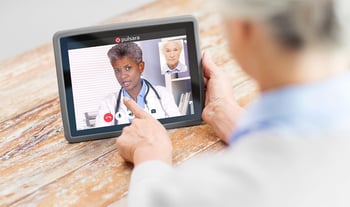 The lack of access to solid telehealth tools is why, Khalid says, it’s essential to implement the proper infrastructure, as well as training to make sure that physicians are prepared to use it. “Our health-care system should capitalize on this window of opportunity and invest in telehealth infrastructure by training health-care providers in online consultations and offering patients ways to access their health-care providers remotely,” he said.
The lack of access to solid telehealth tools is why, Khalid says, it’s essential to implement the proper infrastructure, as well as training to make sure that physicians are prepared to use it. “Our health-care system should capitalize on this window of opportunity and invest in telehealth infrastructure by training health-care providers in online consultations and offering patients ways to access their health-care providers remotely,” he said.
The sort of regional, system-wide platform that Affleck suggests is essential for ensuring the type of functionality and interoperability Khalid hopes for. In an editorial for Financial Post, health researchers Gregory Mason and Elisabet Rodriguez Llorian expressed how the lack of a solid, interoperable telehealth infrastructure can impact both provider and patient experience: “In a recent telephone consultation one of us had, the physician consulted our electronic medical records (EMRs) but found no record of a recent ophthalmology appointment at another clinic. Too often, health records systems do not yet ‘talk’ to each other; in tech-speak, they lack interoperability. In most jurisdictions, a database of interactions of all patients with all heath-care centres and clinics remains a work in progress.”
When different technologies used for communicating information don’t talk to each other, it defeats the purpose of using telehealth to make care communication smoother. Having a uniform, interoperable platform for telehealth that integrates well with existing workflows and enables easier transmission of information would be a game-changer, saving physicians time and energy, while simultaneously making things more convenient for patients. Consolidating communication and the ability to transfer information through one platform would make things easier for everyone involved—especially once it could be expanded across the region, connecting everyone across one united platform.
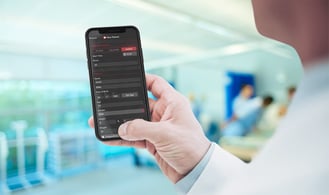
A regional system of care also has great potential to help improve the decision-making process for providers. As Khalid pointed out: “Telehealth can support the use of evidence in decision-making by expanding access, exchange and delivery of timely information to enhance patient care, especially when dealing with a crisis like the COVID-19 pandemic,” he said. “Decision-making is complex, both because it is context-dependent and because it is often influenced by the need to act quickly in sometimes less-than-ideal situations with relatively little access to information. Recognizing this complexity, telehealth can help decision-makers respond in a timely manner in such contexts.”
Hospitals and EMS organizations in Colorado are already proving that this is the case. Colorado Springs Fire Department and Ute Pass Regional Health Service District are using Pulsara’s communication platform to set up a telehealth network with hospitals that not only enables providers to connect with patients, but also allows EMS to consult with a physician via telehealth while they’re on-scene. Through a telehealth call, the physician is able to see the patient, confer with paramedics, and help decide on the best course of treatment for the patient. The arrangement helps provide physicians with the kind of vital information and context that Dr. Khalid refers to—and so far, it’s working.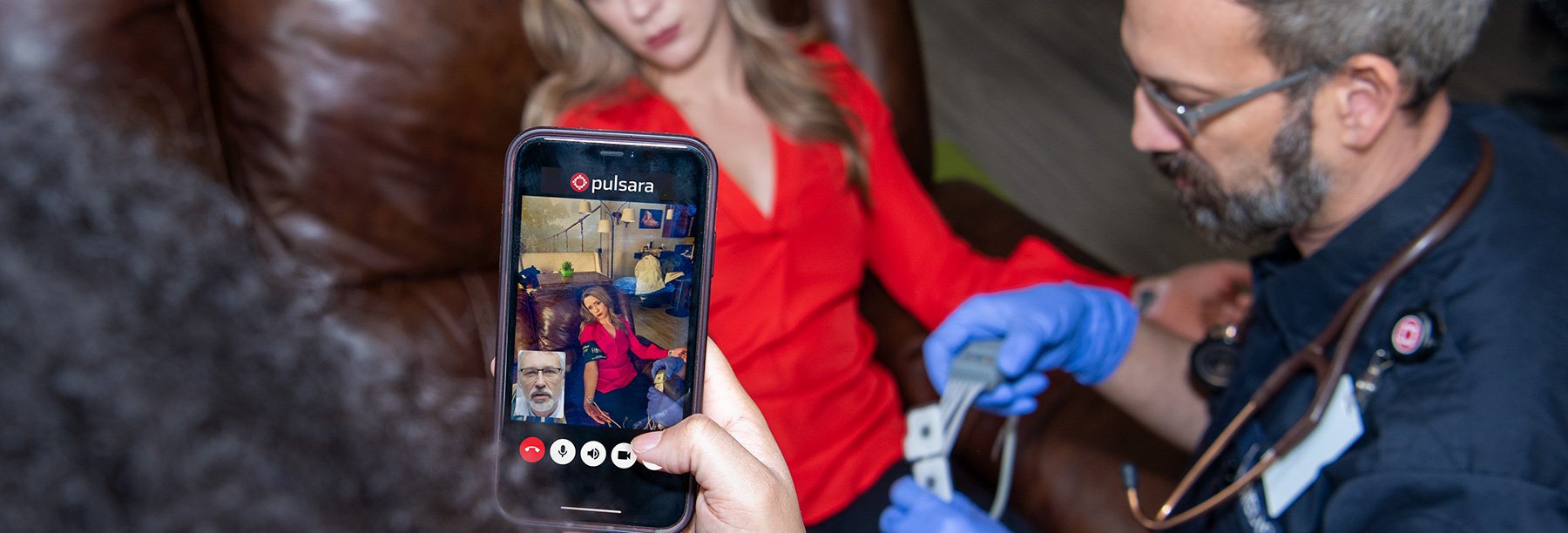
Putting a solid structure in place is only half the battle, however. According to Khalid, the key to making it successful will be in making sure that clinicians receive thorough training in the best ways to provide quality care through telehealth. “Virtual care training must be incorporated into the medical continuing professional education curriculum,” he said. “This will require a major transition in the way we educate and train our health-care providers, which has traditionally focused on teaching them to deliver in-person treatment rather than teaching them how to virtually deliver care.”
In order to set physicians up for success with telehealth, they need to have the training to use it well, and use it to the full extent of its capabilities. Since the start of the pandemic, telehealth has been used in some truly innovative ways. From using it to conduct appointments with patients to avoiding exposures by following up with patients from a distance, telehealth holds a great deal of potential for continued development and use. However, the platform can only be as successful as the person using it. Dr. Bill Atkinson, speaking recently on telehealth, said: “The technology is a very small part of it—about five percent. Fifteen percent is the process. And the rest is about people. You can't do the technology, the process, and the care without people.”
Once a solid telehealth infrastructure has been put in place and physicians trained in how to best leverage it, telehealth will revolutionize care in a number of ways. Khalid suggests that it will save both providers and patients time, as patients no longer have to take time traveling to every appointment, and physicians won’t need to spend so much time transitioning between patients. Telehealth has also been shown to be quite cost effective, as it helps decrease hospitalizations and length of stay. And in the era of COVID-19, telehealth can be a vital tool for minimizing the chance of exposure for both providers and patients who are at risk.
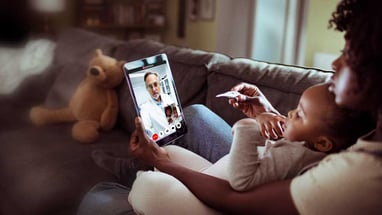 But perhaps one of the most valuable benefits of telehealth is that it lets patients know that their doctors do genuinely care about them, and expands the sphere of care outside of the office and into the rest of the patient’s life. Dr. Joanne Liu, former international president of Doctors Without Borders, commented: “Every time I call a patient to check on them, they always fall off their chairs surprised that I am able to connect with them beyond hospital walls,” she said. “It gives them a sense that we care about them in their own homes.”
But perhaps one of the most valuable benefits of telehealth is that it lets patients know that their doctors do genuinely care about them, and expands the sphere of care outside of the office and into the rest of the patient’s life. Dr. Joanne Liu, former international president of Doctors Without Borders, commented: “Every time I call a patient to check on them, they always fall off their chairs surprised that I am able to connect with them beyond hospital walls,” she said. “It gives them a sense that we care about them in their own homes.”
Telehealth may not be able to solve every problem facing healthcare, but it can certainly reduce some of the burdens on the system and help make care faster, more efficient, and more connected. If the hopes of these physicians are any indication, implementing the right telehealth infrastructure and training physicians to use it could help change the face of healthcare.
Thinking about trying telehealth, but aren’t sure where to start? The right telehealth platform should be able to scale up or down to meet your needs. Check out Quadruple Aim: How One Telehealth Platform Is Changing the Game to learn more.

December Recap After an incredibly busy events year with 102 conferences, trade shows, and sponsorships, December was on the slower side for us, with...

Editor's Note: In July 2025, EMS1 and Fitch & Associates released their annual EMS trend survey, What Paramedics Want, proudly sponsored by Pulsara....
![[PRESS RELEASE] Published Research Finds Up to 31% Faster STEMI Treatment Times in Rural Hospital Setting with Pulsara](https://www.pulsara.com/hubfs/_1_website-page-blog-assets/pulsara-hosp-teams-assign-cardio-stemi-rn-1200x701.jpg)
Published research shows how using Pulsara, alongside standardized field activation and a focus on stakeholder relationships, improves STEMI care and...